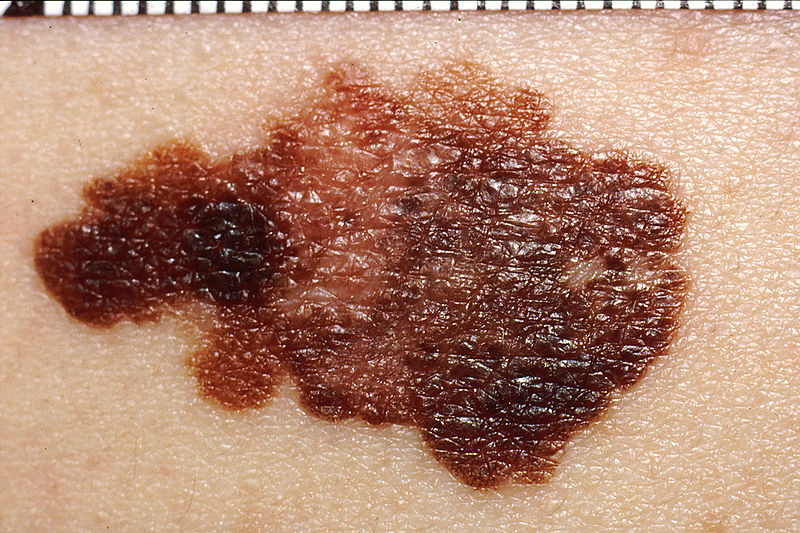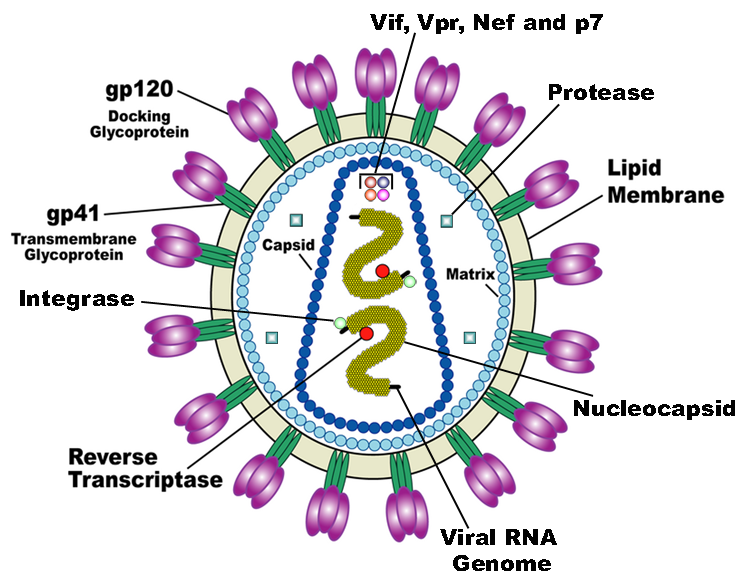
Medical Uses
Stonebreaker has a long history in traditional herbal medicine in every tropical country it is found in. For hundreds of years P. niruri has been used as an herbal remedy to kidney stones, viral infections, liver disorders, bacterial infections, and many other ailments. In more recent years, however, P. niruri has been shown in modern medicine to cure or treat multiple disorders.
Kidney Stones

As stated earlier, P. niruri is used for the treatment of
kidney stones. In both traditional and modern medicine, Stonebreaker
is believed to help prevent nephrolithiasis (kidney stones).
According to Mirian A. Boim,
Phyllanthus niruri has been shown to interfere with many
stages of kidney stone formation. Although more clinical trials are
necessary to confirm these findings, P. niruri shows
promise as an effective cure to kidney stones.
Anti-liver damage
Phyllanthus niruri shows potential to prevent liver damage. In a 2007 study conducted by Rajesh Bhattacharjee and his associates, lab mice were injected with chemicals to induce liver damage. These mice were then treated with a protein isolated from P. niruri. Remarkably, the protein brought the liver back to almost normal conditions. Their results also suggest the protein isolated from P. niruri protects liver tissues and helps stimulate the liver to repair itself.
Anti-tumor activity
Chemoprevention is defined
as the use of drugs, chemicals, or other means to prevent and/or
delay the development of cancer. Recently, Stonebreaker has been sho wn to act as a chemopreventive
agent. In 2009, Priyanka Sharma and his team conducted an
experiment to test P. niruri as a chemopreventive agent. In the
experiment lab mice were induced with skin cancer. These mice
were then treated with P. niruri and it caused
significant reduction in tumor incidence, tumor yield, and tumor
burden. These results suggest Stonebreaker extracts display significant
anti-tumor activity and is thus an affective chemopreventive
agent.
wn to act as a chemopreventive
agent. In 2009, Priyanka Sharma and his team conducted an
experiment to test P. niruri as a chemopreventive agent. In the
experiment lab mice were induced with skin cancer. These mice
were then treated with P. niruri and it caused
significant reduction in tumor incidence, tumor yield, and tumor
burden. These results suggest Stonebreaker extracts display significant
anti-tumor activity and is thus an affective chemopreventive
agent.
Anti-HIV
 Phyllanthus niruri has
shown evidence of being anti-hepatitus B, but according to Dr.
A.D. Naik and A.R. Juvekar, this herbal plant also shows signs
of being anti-HIV. Alkaloidal extract of P. niruri showed
promising results when tested on cells infected with HIV. Cells
treated with P. niruri extracts were reduced in
toxicity. In addition, the extract provided considerable
protection from HIV destroying the cell. These findings thus
confirm that Stonebreaker
extracts express anti-HIV properties.
Phyllanthus niruri has
shown evidence of being anti-hepatitus B, but according to Dr.
A.D. Naik and A.R. Juvekar, this herbal plant also shows signs
of being anti-HIV. Alkaloidal extract of P. niruri showed
promising results when tested on cells infected with HIV. Cells
treated with P. niruri extracts were reduced in
toxicity. In addition, the extract provided considerable
protection from HIV destroying the cell. These findings thus
confirm that Stonebreaker
extracts express anti-HIV properties.
Diabetes treatment
Additionally, P. niruri displays evidence of anti-diabetic activity. Again in this experiment, conducted by Dr. Charles Okoli and his associates, lab rats were used. Diabetic rats were treated with aerial extracts of Stonebreaker and as a result the rats’ blood glucose levels decreased, as well as their glucose absorption and storage. While it’s not know for sure if P. niruri caused these results, these findings suggest the lowered blood glucose levels were caused by the aerial extracts of P. niruri. As a result, Stonebreaker is known to be anti-diabetic.
Now that we
have seen the many medical uses of P. niruri, let’s take a look
at its reproduction.